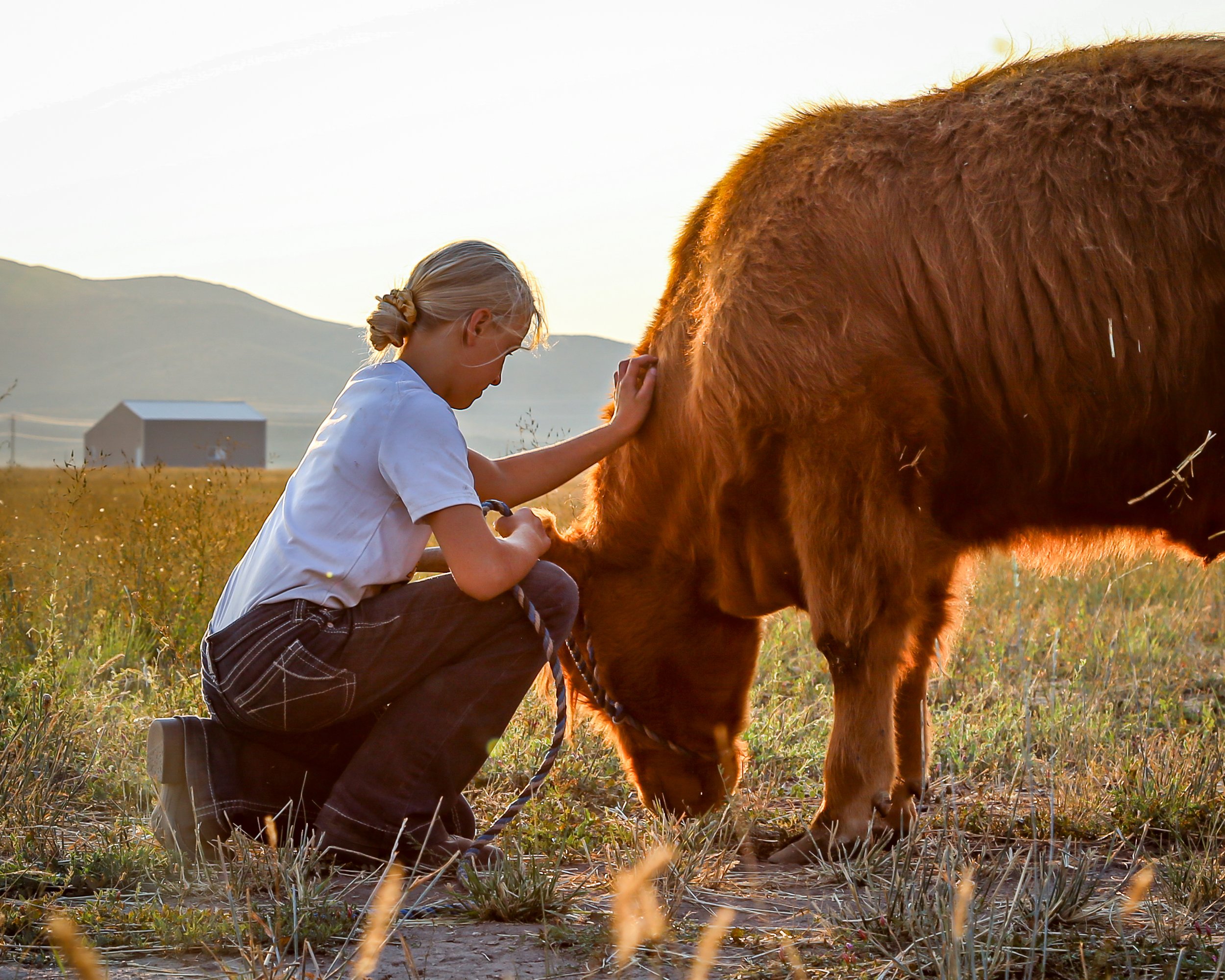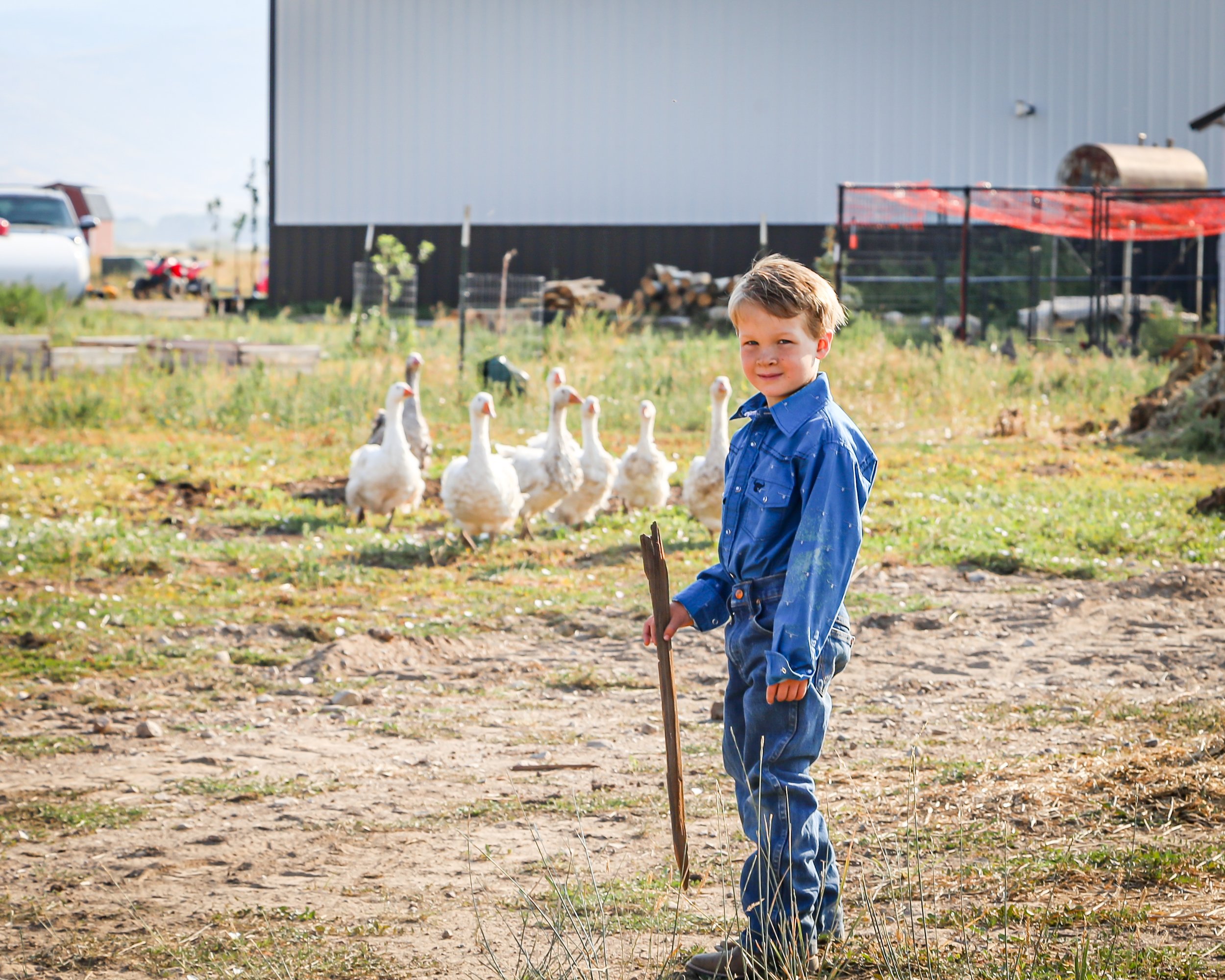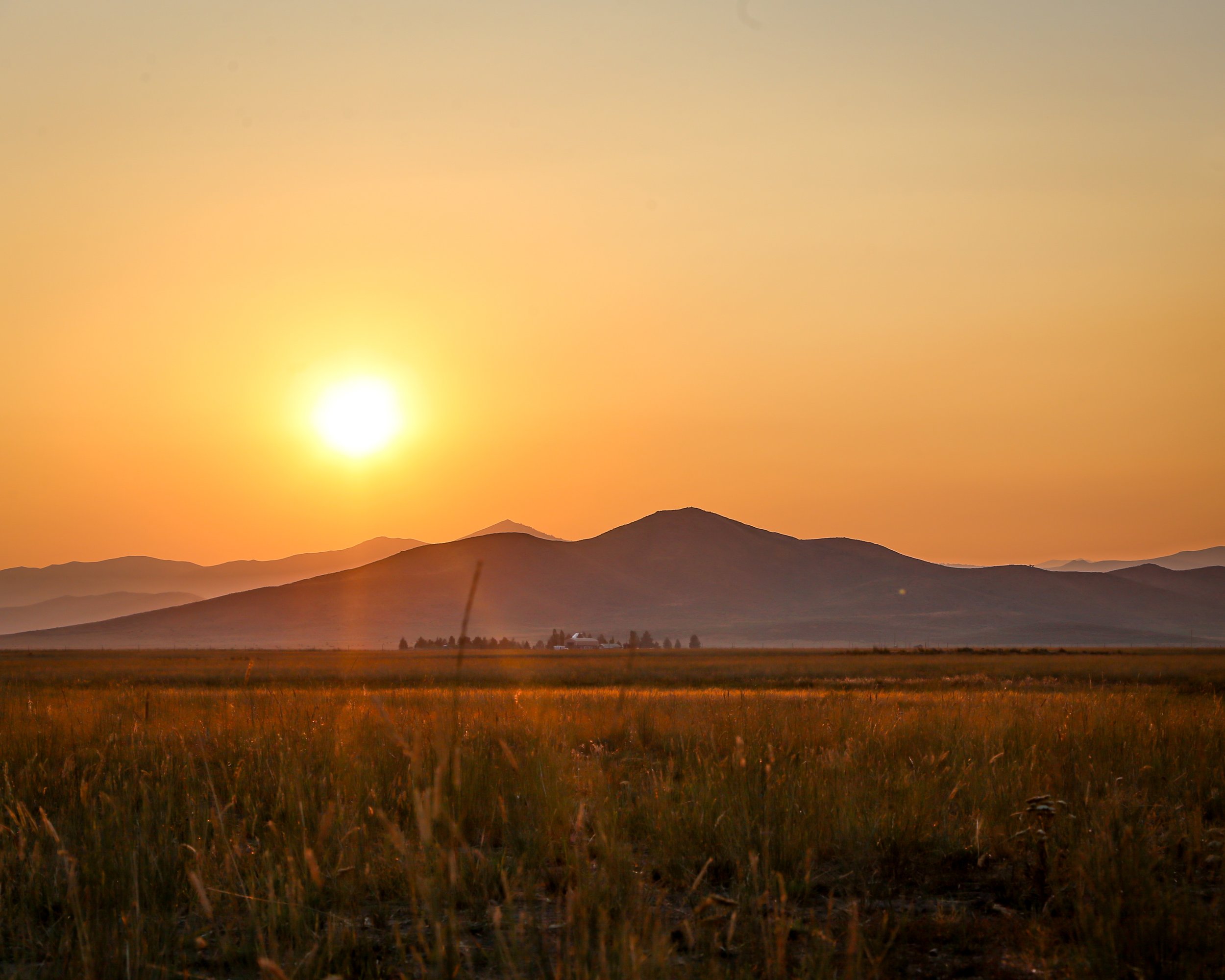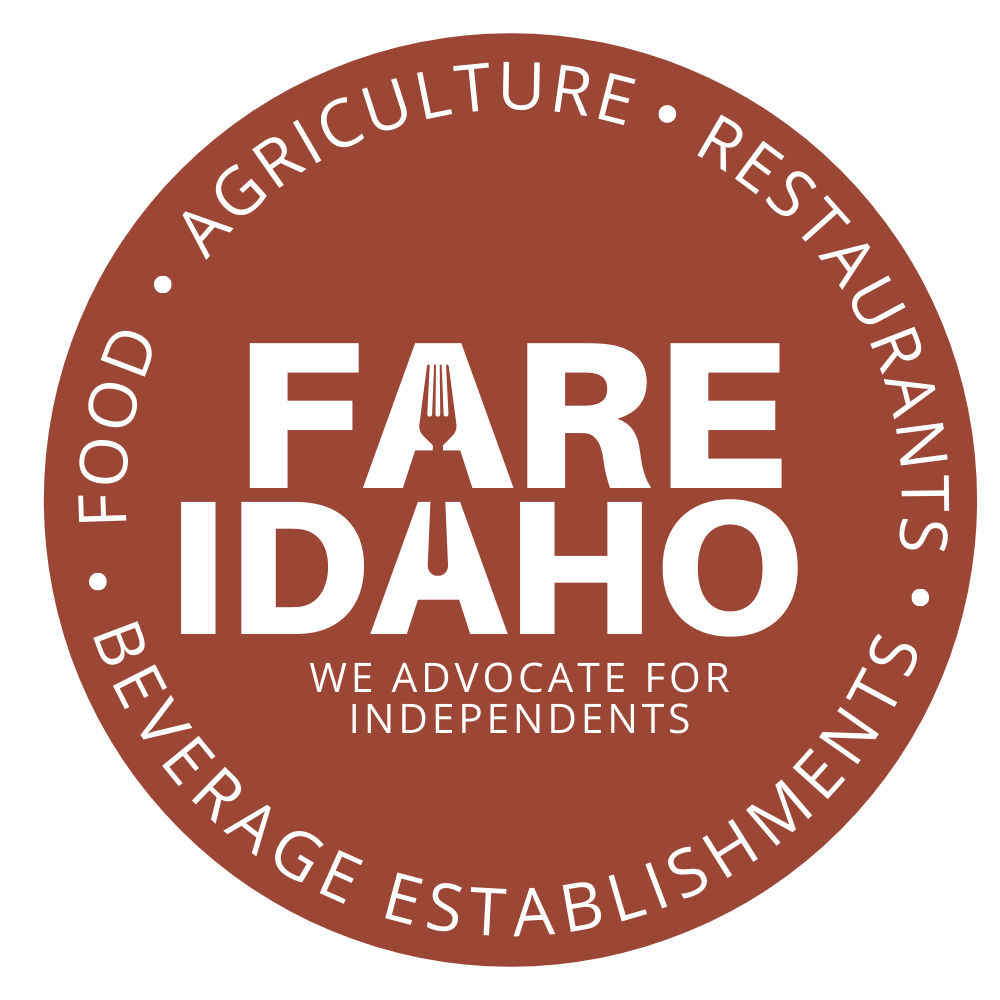FARE Idaho Feature: Six Fold Ranch










Photos by Marilyn Isaac Photography
As first-generation ranchers, Danyon and Sammi Fontenot of Six Fold Ranch in Fairfield, Idaho have built a deep commitment to sustainable agriculture through years of hard work and dedication. Starting on a small homestead eight years ago, they fell in love with raising their own food and soon became passionate about the Scottish Highland breed. Their desire to grow their fold and provide consumers with a direct link to where their food comes from led them to expand their operations and embrace sustainable and regenerative farming practices.
How did your journey as first generation ranchers begin?
Our journey as first generation ranchers began on our first homestead about eight years ago. After six years of raising beef for our own family we fell in love with knowing where the food on our table came from and the connection we had to it. We also fell in love with Scottish Highland breed during that time. From there we made a goal to grow our fold, find more land, and build a business selling direct to the consumer to offer others the same opportunity of being connected to their food.
As first generation ranchers, what advice would you give to other ranchers just getting their start?
Find a mentor! We have had some incredible mentors throughout our journey. Having knowledgeable mentors has been a saving grace for us. Also, enjoy the journey! It’s easy to say but so hard to do in the moment. As first generation you are starting with nothing and at times it can feel really defeating. It’s worth it, I promise.
What products do you currently offer and where can we find them?
We currently offer grass fed and finished Scottish Highland beef. Individual cuts, Fall beef shares, and Whipped tallow balms. They can be found on our website www.sixfoldranch.com
Can you share how your family practices sustainable living and regenerative agriculture on your ranch?
Our family personally strives to live a sustainable lifestyle and make more mindful decisions including things like gardening, composting, line-drying clothes, repurposing items where we can, and eating locally and seasonally. Practicing sustainable livestock management for healthier soil and healthier livestock is extremely important to us. We planted a dry land grass mix almost three years ago now to replace the weeds and winter wheat previously there. Every year the grass has looked better than the year prior. One of the ways we are incorporating regenerative agriculture is to mimic natural grazing patterns. Graze small sections for short periods before moving. Doing so can enhance soil health, promote biodiversity, sequester carbon, improve water management, and support animal welfare.
Funding for project/publication was made possible by a grant/cooperative agreement from the U.S. Department of Agriculture (USDA) Agricultural Marketing Service. Its contents are solely the responsibility of the authors and do not necessarily represent the official views of the USDA.
